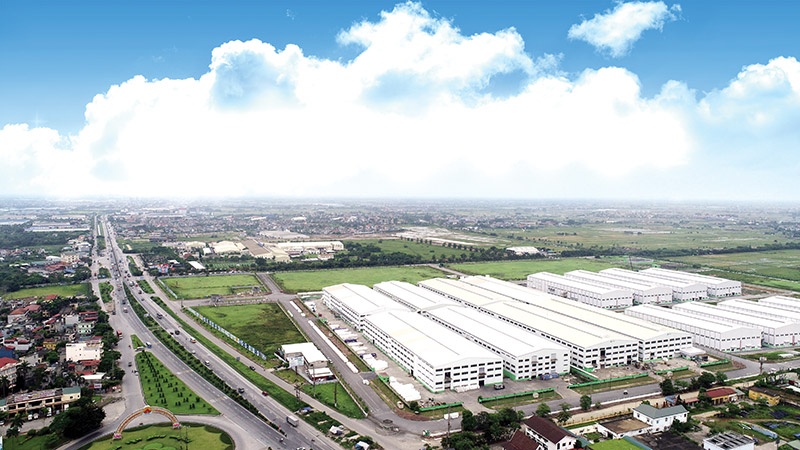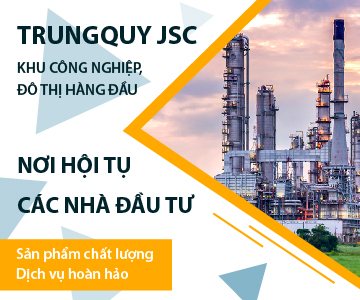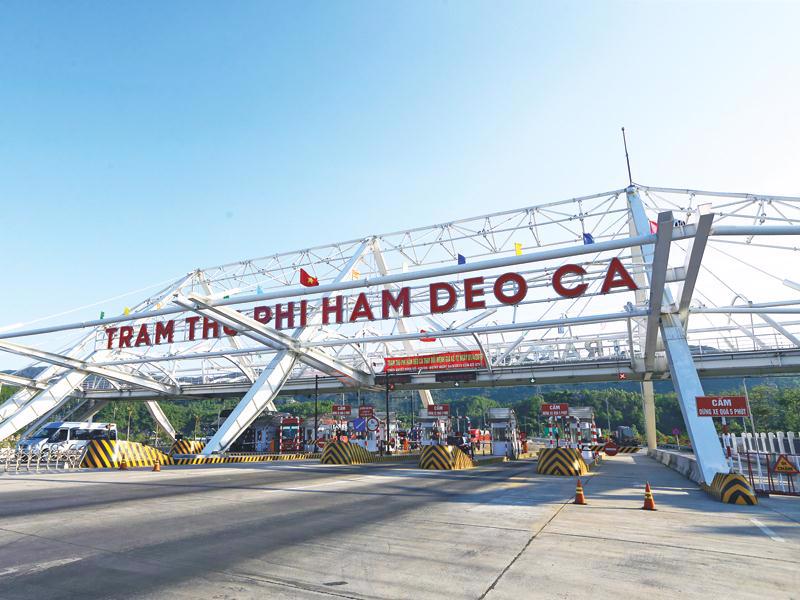INTERNATIONAL INVESTMENT
AND PORTAL
 Big investment in highways, electricity, and more will move Vietnam up the industrial and logistics ladder, Duc Thanh
Big investment in highways, electricity, and more will move Vietnam up the industrial and logistics ladder, Duc Thanh
A report released last week by Cushman & Wakefield Vietnam stated that strong demand coupled with the expansion of manufacturers from China has pushed the price of industrial land in Vietnam higher, surpassing manufacturers’ expectations for low costs.
“It is necessary to have support from the government for the provinces that still have a lot of room for development but are located far from key economic zones. This will help to decentralise factories from hot areas that are short of supply and eventually stabilise prices,” read the report.
Another barrier relates to Vietnam’s population. Although Vietnam is entering a period with a so-called golden population structure, the distribution of labour is still not equal among regions, such as large areas with low labour density (midland and mountainous areas). The north only accounts for 13.8 per cent of the labour force, while the Central Highlands account for 6.5 per cent.
In addition, the quality of labour is still low and mainly agricultural, and there is a shortage of highly skilled technical workers.
“Compared to other countries, Vietnam’s labour force physical and education levels are relatively lower. Workers are not equipped with the knowledge and skills to work in groups, are not able to cooperate and take risks, and are afraid to promote initiatives and share work experiences,” the report continued said.
In addition, there are still many limitations in labour mobility. Most migrant workers only register for temporary residence, do not have a household registration, and thus encounter challenges in housing, education, and medical treatment.
Most industrial zones and export processing zones, which employ up to 30 per cent of migrant workers, do not have social infrastructure services (dormitories, kindergartens, cultural houses, vocational training, social insurance), so migrant workers have little opportunity to access basic social services. This situation leads to the lack of labour supply for the economic development needs of regions, industrial zones, and export processing zones.
To overcome the above shortcomings, Vietnam’s labour force needs to continue to be developed in the direction of modernisation. Le Hoang Chau, chairman of Ho Chi Minh City Real Estate Association, said that to have long-term prospects for Vietnam’s industrial real estate market, it is important to solve the biggest bottlenecks in investment right now.
“The first involves institutions, policies, and laws. To remove institutional bottlenecks means to remove cumbersome administrative procedures, create a transparent business environment, and focus on planning,” Chau said.
The second issue is in terms of transport infrastructure and the third is a weak-skilled workforce. “These bottlenecks must be removed to improve competitiveness in the industrial real estate market,” he added.
The Cushman & Wakefield report also detailedmore solutions that must be implemented, focusing on supporting migrant workers from rural to urban areas, industrial zones, and border workers, as well as creating more jobs for youth, people with disabilities, ethnic minorities, and women in rural areas. Together with this, capacity building, communication, inspection, monitoring, and evaluation of project implementation training for state management also must be upgraded.
Although the level of spending on infrastructure development in Vietnam is relatively high compared to other countries in the region, according to the Asian Development Bank, 5.8 per cent of GDP is spent on infrastructure development, one of the highest in Southeast Asia. However, the development of a synchronous and transparent connection infrastructure system is still a long way to go for Vietnam.
In order to move up the ladder in the industrial and logistics development cycle and become more attractive and competitive compared to other countries in the region, the report concluded, Vietnam will need to continue to invest heavily in the development of infrastructure, including the highway system, deepwater seaports, improvement of the quality of water and electricity systems, and development of renewable energy systems.



















